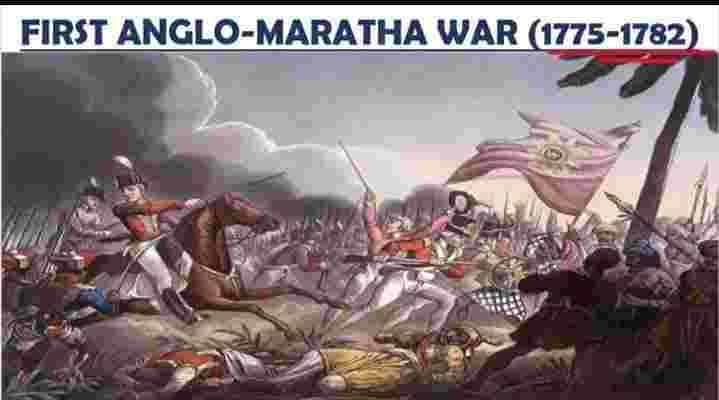Indigo is a plant that yields a. Under this system, poor farmers were forced to grow indigo and sell it to company officials on cheap prices.
Indigo Planters Movement In India. It came to be called the neel bidroha or the indigo revolt. When gandhi returned to india from south africa in 1915 and saw peasants in northern india oppressed by indigo planters, he tried to use the same methods that he had used in south africa to organise mass uprisings by people to protest against injustice.
 British rule over india From slideshare.net
British rule over india From slideshare.net
First, in 1867 when the tenants of lalsariya. The core reason for this was the low remuneration they received for the crop. The movement was started by gandhi against the exploitative indigo plantation system.
British rule over india
In order to increase their profits, the european planters persuaded the peasants to plant indigo instead of food crops. Low prices were offered for growing indigo. Like bengal, there was a general discontent among the ryots around indigo cultivation in bihar. Under this system, poor farmers were forced to grow indigo and sell it to company officials on cheap prices.
 Source: slideshare.net
Source: slideshare.net
All this resulted in demonstrations against indigo cultivation in champaran twice. Class 10champaran is a district in bihar. Indigo planters forced raiyats (cultivators) to produce indigo for the world market. Indigo planters forced raiyats (producers) to produce indigo for the world market. Where did the indigo planter’s satyagraha movement take place?
 Source: jagranjosh.com
Source: jagranjosh.com
For them, freedom meant the right to move freely in and out of the confined space in which they were enclosed, and it meant retaining a link with the village from which they had come. Prior to the british involvement in. Farmers protested the free cultivation of indigo. First, in 1867 when the tenants of lalsariya. The movement was started.
 Source: hemchandrajoshi.blogspot.com
Source: hemchandrajoshi.blogspot.com
When gandhi returned to india from south africa in 1915 and saw peasants in northern india oppressed by indigo planters, he tried to use the same methods that he had used in south africa to organise mass uprisings by people to protest against injustice. It was the summer of 1859 in bengal when thousands of ryots (peasants) refused to grow.
 Source: mapsofindia.com
Source: mapsofindia.com
Pouchepadass has noted the rising trend in wages on the plantations and in procurement price for indigo between the 1860s and 1890s. Their widespread violent rebellion is variously known as the indigo revolt, the indigo rebellion, the indigo riots, the blue mutiny, or the blue rebellion. Champaran satyagraha was the first popular satyagraha movement. They also suffered harassment and oppression.
 Source: locallifesc.com
Source: locallifesc.com
First, in 1867 when the tenants of lalsariya. Before the portuguese, who were the first europeans in india, traded with india there was extensive trading for centuries by the arabs between the west coast of india and southern europe. It was a show of rage and undying resolve. They had their own understanding of the notion of swaraj. Planters� push.
 Source: thebetterindia.com
Source: thebetterindia.com
However, the most famous of these was in 1917, when mahatma gandhi became a figurehead for this suffering of the indigo planters.why were the indigo planters unhappy? Pouchepadass has noted the rising trend in wages on the plantations and in procurement price for indigo between the 1860s and 1890s. They compelled them through a long term agreement to raise indigo.
 Source: mkgandhi.org
Source: mkgandhi.org
Western india was the centre of the indigo cultivation. The movement was started by gandhi against the exploitative indigo plantation system. Under this system, poor farmers were forced to grow indigo and sell it to company officials on cheap prices. Indigo planters forced raiyats (producers) to produce indigo for the world market. Farmers protested the free cultivation of indigo.
 Source: kleoc.blogspot.com
Source: kleoc.blogspot.com
The movement was started by gandhi against the exploitative indigo plantation system. When gandhi returned to india from south africa in 1915 and saw peasants in northern india oppressed by indigo planters, he tried to use the same methods that he had used in south africa to organise mass uprisings by people to protest against injustice. This movement highlighted indigo.
 Source: iloveindia.com
Source: iloveindia.com
Western india was the centre of the indigo cultivation. First, in 1867 when the tenants of lalsariya. They had their own understanding of the notion of swaraj. It became one of the most remarkable peasant movements of indian history. However, the most famous of these was in 1917, when mahatma gandhi became a figurehead for this suffering of the indigo.






